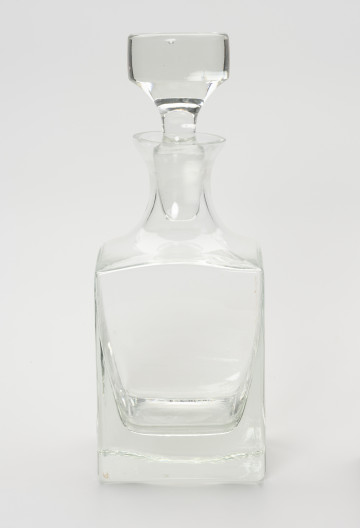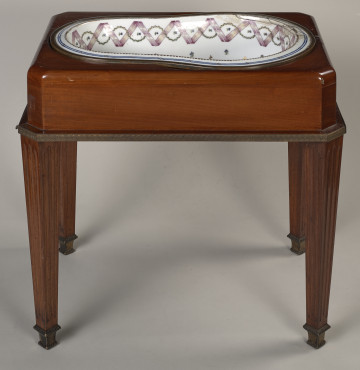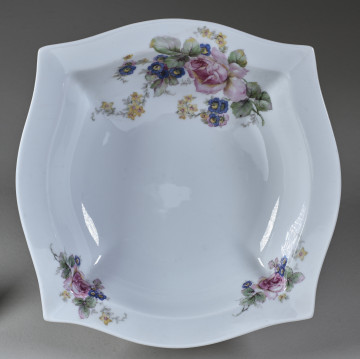
Decanter
1901 — 1945
National Museum in Szczecin
Part of the collection: Souvenirs of Szczecin pioneers
After the Second World War, there was an almost complete population resettlement in Western Pomerania. The new settlers lived in abandoned houses, complete with furniture, kitchen utensils, and tableware. One of those who arrived in the city was Helena Kurcyusz (1914-1999), an architect and urban planner - playfully referred to by her friends as the Thirteenth Muse - patron of the first post-war Literary and Artistic Club, and later of the Centre for Creative Circles, the '13 Muz' Club. Kurcyuszowa took up residence in the villa at ul. Stanisława Wyspiańskiego 7, while also taking over the furniture and much decorative tableware from the previous owners. One of these was a porcelain cup produced by the Vienna Porcelain Manufactory, founded in 1718, which operated under imperial and royal patronage until 1864. After the factory closed down, its products continued to be copied and reproduced by various smaller manufacturers. In order to renew and continue the former production, the factory was reactivated in 1923 and renamed Augarten, after the place of its location (the farm buildings of Augarten Castle). The cup, together with other memorabilia, was donated to the collection of the National Museum in Szczecin after the death of Helena Kurcyuszowa in 1999. Anna Lew-Machniak
Author / creator
Object type
bowl (cup, goblet, coupe)
Technique
form modelling, painted decoration
Material
porcelain
Origin / acquisition method
donation
Creation time / dating
Creation / finding place
Owner
Muzeum Narodowe w Szczecinie
Identification number
Location / status

1901 — 1945
National Museum in Szczecin

18th century
Castle Museum in Łańcut

1. połowa XX wieku
Castle Museum in Łańcut
DISCOVER this TOPIC
National Museum in Lublin
DISCOVER this PATH
Educational path